How do the core Pokémon RPGs rank up against each other?
Pokémon is one of those special franchises that appeals to every age and player. You ask a crowd of people what their favorite Pokémon game is and inevitably every single gen will be listed. But how exactly do all eight gens stack up to each other? That honestly depends on how you're ranking them.
We all come into the series at various points and have specific fond memories of the games that first introduced us or meant the most to us. As such, we did not take ranking the Pokémon games lightly but instead weighed ratings, a game's legacy on following Pokémon games, replay value, and its cultural impact when making this list.
What's in a rank?
- Legacy: We looked into how each game impacted the games that followed after it. Those that included elements that changed the series ranked higher.
- Cultural impact: Pokémon titles that had a larger social impact also ranked higher on this list.
- Current replay value: As we all know, some games don't age very well. Pokémon games that are still the most enjoyable to play these days ranked higher.
- Core games only: To prevent this list from getting too crazy, we only included the core Pokémon RPGs, Gen I through Gen VIII. No remakes and no spinoffs.
Which Pokémon game is the best?
Obviously, just because a game sells well doesn't always mean that it's the very best. Without further ado, let's break down how each game ranks against the others.
8. Sun & Moon - Gen VII (2016, 3DS)
Last in our list are Sun and Moon, but that doesn't mean they were bad. These were the first games to introduce regional variants like the icy Alolan Vulpix or the long-necked Alolan Eggecutor. Gen VII also brought us Z-moves, special attacks that combine the user and Pokémon's power for up to one special attack each battle. It built on the character customization from Gen VI and gave plenty of ways to show off your unique style.
However, these are also rather divisive games as they were the first ones to do away with HMs completely. Instead, players use Poké Rides like a local Charizard that takes the place of Fly or a local Lapras who basically takes the function of Surf. Post-game content was also more limited than other Gens and these games changed up gyms quite a bit, but not in a way many people liked.
Fun fact: While it was available, players could purchase the Tomy Z-Ring, a physical accessory that is worn like a bracelet and allows players to interact with the games.
7. Diamond & Pearl - Gen IV (2006, DS)
Diamond and Pearl weren't bad games, but they didn't really bring a lot to the table either. The most notable and important contribution was making global trading easier by doing away with the traditional cable connection and using DS WiFi instead. These games are also responsible for Game Freak's move away from HMs. There were too many of them, which made it so players either had to bog down their team with these special moves or frequently swap out for a Pokémon whose sole purpose was to be an "HM Slave", like the beloved Bidoof.
Something else that many fans didn't like was that Diamond and Pearl only offered brand new Pokémon to capture until players unlocked the National Pokédex at the end of the campaign. As such, the lack of popular characters from previous games initially made Gen IV less appealing to many people.
Fun fact: This will be the first core Pokémon game to get a prequel in the form of Pokémon Legends: Arceus, which releases only two months after the Brilliant Diamond and Shining Pearl remakes.
6. Black & White - Gen V (2010, DS)
Gen V offered a slue of interesting new elements such as unique camera perspectives, new fighting sprite animations, and better 3D graphics than ever seen before in a core Pokémon RPG. It also took place in a more city-like environment than previous games, giving it a somewhat gritty feel. Perhaps the most compelling part was knowing that Team Plasma, the evil team you go up against, had an interesting cause that you couldn't completely disagree with.
Although we had seen the time mechanic before now, Gen V combined it with a brand new seasons mechanic that changes with each month, giving players different-looking environments to explore and different Pokémon to catch on a regular basis. Although unique, seasons have not appeared in any of the following Pokémon games. Additionally, many of the new Pokémon designs in this game aren't as memorable.
Fun fact: This was the first Pokémon game to ban certain words from being usable as player or Pokémon nicknames. With global trading becoming so much easier and with such a wide age range, this was a good step to take.
5. X & Y - Gen VI (2013, 3DS)
Gen VI wasn't only the first Pokémon game on 3DS, but it also introduced Fairy types and retroactively gave this typing to previously seen Pokémon like Clefairy and Jigglypuff. This was done to make battling more balanced when it came to Dark and Dragon types. It also introduced Mega Evolution, which is still popular in Pokémon GO regardless of it not having been in following games. The games take place in the France-inspired Kalos region and brought 72 well-designed new Pokémon into our lives. It also introduced more intense character customization allowing players to change their clothes and hairstyles for a unique look, which was something that became more important with global interactions.
The semi-chibi look of the characters in the overworld gave the games a charming feel, as did the environments players got to explore. Not to mention, this was the first game to exchange sprite animations for 3D models in battles, which was super exciting. This was also the first game that let you pet, feed, and bond with your Pokémon. However, the story isn't as compelling as others in this list.
Strange fact: X & Y is the only Gen so far that didn't get a follow-up game or DLC of any kind. Many people obviously expected the third cartridge would be called Z. There are several theories as to why this didn't happen, but nothing concrete has come to light.
4. Sword & Shield - Gen VIII (2019, Nintendo Switch)
It's still a little too early to see how much of an impact Sword and Shield had on following generations, however, the one big element that Gen VIII brought to the table was the Wild Area. With this, Pokémon can finally be seen wandering about the overworld (something we've waited years for) and the ones that appear change depending on the time of day, weather, and terrain. Gigantamax or G-Max battles are also a huge factor including Max Raids, which allow players from around the world to take on massive Pokémon together.
Sword and Shield did away with the standard Elite Four that every previous game had offered and instead introduced the Champion Cup. We'll have to see if this continues with Gen IX or not. The biggest disappointments for many players centered around "Dexit", the choice Game Freak made to only include 400 Pokémon in the National Pokédex. However, the Expansion Pass DLC did bring a couple hundred more in later. Additionally, the plot is convoluted and Team Yell, the "evil team" in this game is just made up of annoying people and don't really have much bearing on the story.
Fun fact: Despite fan threats for boycotting the game when it was discovered that not all Pokémon would be included in the National Pokédex, Sword and Shield managed to become the third-best-selling gen of them all right behind Gold and Silver and the crown king Red and Blue.
3. Ruby & Sapphire - Gen III (2002, Game Boy Advance)
Gen III introduced several new concepts like Pokémon Natures, double battles, and a long list of new abilities that would continue to show up in following games. Not to mention that the colors really popped more vibrantly than any Pokémon game up to this point. In addition to battles, a new emphasis was placed on non-battle focused Pokémon competitions, giving players even more to do in-game.
Ruby and Sapphire also have some of the best Legendary Pokémon and the evil team you encounter changes from one version to the next. Team Aqua is out to awaken Kyogre so it can flood the earth while Team Magma has its sites on Groudon so it can lower the sea level and make more habitable terrain. The story is compelling and the gameplay feels like a natural continuation of what Gold and Silver brought to the table while enhancing upon that foundation.
Fun fact: This is the only core Pokémon game where the main character has a father. Your family moves to Hoenn so Norman can become the Gym Leader, but this Normal-type fighter doesn't go easy on you when you fight him even if you are his child.
2. Red & Blue - Gen I (1996, Game Boy)
You must have guessed that Red, Blue, Green, and Yellow would all be up near the top of the list. After all, they were what started it all and propelled Pokémon into being the most lucrative media franchise of all time. As such, they've been remade a number of times first with Fire Red and Leaf Green and then later with Let's Go, Eevee! and Let's Go, Pikachu! Although, Game Freak doesn't like to refer to those last games as remakes at all.
The gameplay design for Red and Blue wasn't nearly as flashy as some other Game Boy games at the time and it was much more simple than some other RPGs. However, it was fun for both veteran players and children by creating that perfect mixture of childhood wonder, independence, and strategy. Most importantly, it instilled in us the need to "catch 'em all", which allowed the games to have plenty of value after the initial story was done.
Fun fact: Eight Gens and more than two decades later, Red, Green, and Blue still hold the record for best-selling Pokémon games of all time at over 31 million copies sold.
1. Gold & Silver - Gen II (1999, Game Boy Color)
Gold, Silver and the follow-up Crystal are by far the best games in the series. They enhanced what made the originals so great, fixed a few issues, and added more elements to the standard formula that would be used in each game following, like berries, Exp Share, two new types, Pokérus, and shiny Pokémon. Everyone who's played them remembers that first encounter with Red Gyarados and the chance of finding something out of the ordinary.
Plus, when you finished the main Johto quest, you unlocked Kanto and got to play the first games all over again. As far as legacy, replay value, and value for your money go, this game is off the charts. Similarly, the HeartGold and SoulSilver remakes that released for DS in 2009 are considered by many to be the very best Pokémon games of all time as is evidenced by how much they sell for used.
Fun fact: In Gen II, shiny Charizard was purple instead of black. The coloring was changed in following iterations. I personally love the purple look better.
Best-selling Pokémon games
I'm a sucker for statistics. So for anyone interested, here's how the games stack up to each other solely by how many millions of units they sold.
| Game | Units Sold | Year | Platform |
|---|---|---|---|
| Red/Green/Blue | 31.05M | 1996 | GB |
| Gold/Silver | 23.73M | 1999 | GBC |
| Sword/Shield | 21.85M | 2019 | Switch |
| Diamond/Pearl | 17.67M | 2006 | DS |
| X/Y | 16.53M | 2013 | 3DS |
| Sun/Moon | 16.25M | 2016 | 3DS |
| Ruby/Sapphire | 16.22M | 2002 | GBA |
| Black/White | 15.64M | 2010 | DS |
| Yellow | 14.64M | 1998 | GB |
| Ultra Sun/Ultra Moon | 8.98M | 2017 | 3DS |
| Black 2/White 2 | 8.52M | 2012 | DS |
| Platinum | 7.60M | 2008 | DS |
| Emerald | 7.06M | 2004 | GBA |
| Crystal | 6.39M | 2000 | GBC |
The very best, like no game ever was
It wasn't easy to make, but that's all Pokémon games ranked up to this point according to popularity, replay value, cultural impact, and legacy. What do you think about this list? Do you disagree? Tell us about it in the comments below.
Rebecca Spear has been in love with Pokémon since 1998 when she got her first Pokémon card. She's played every Pokémon game that has released since then and is excited for what Game Freak has in store. Follow her on Twitter @rrspear.






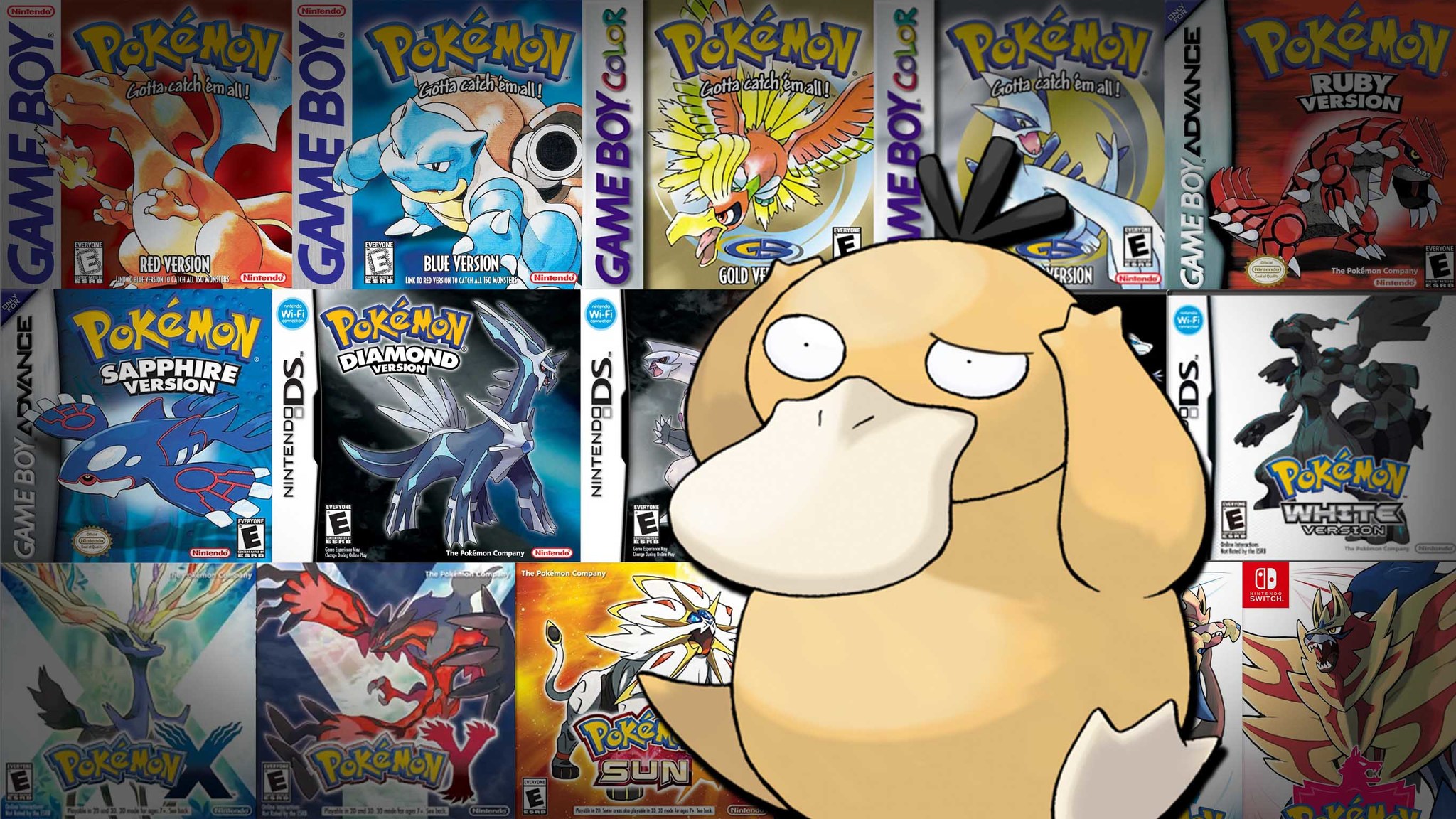
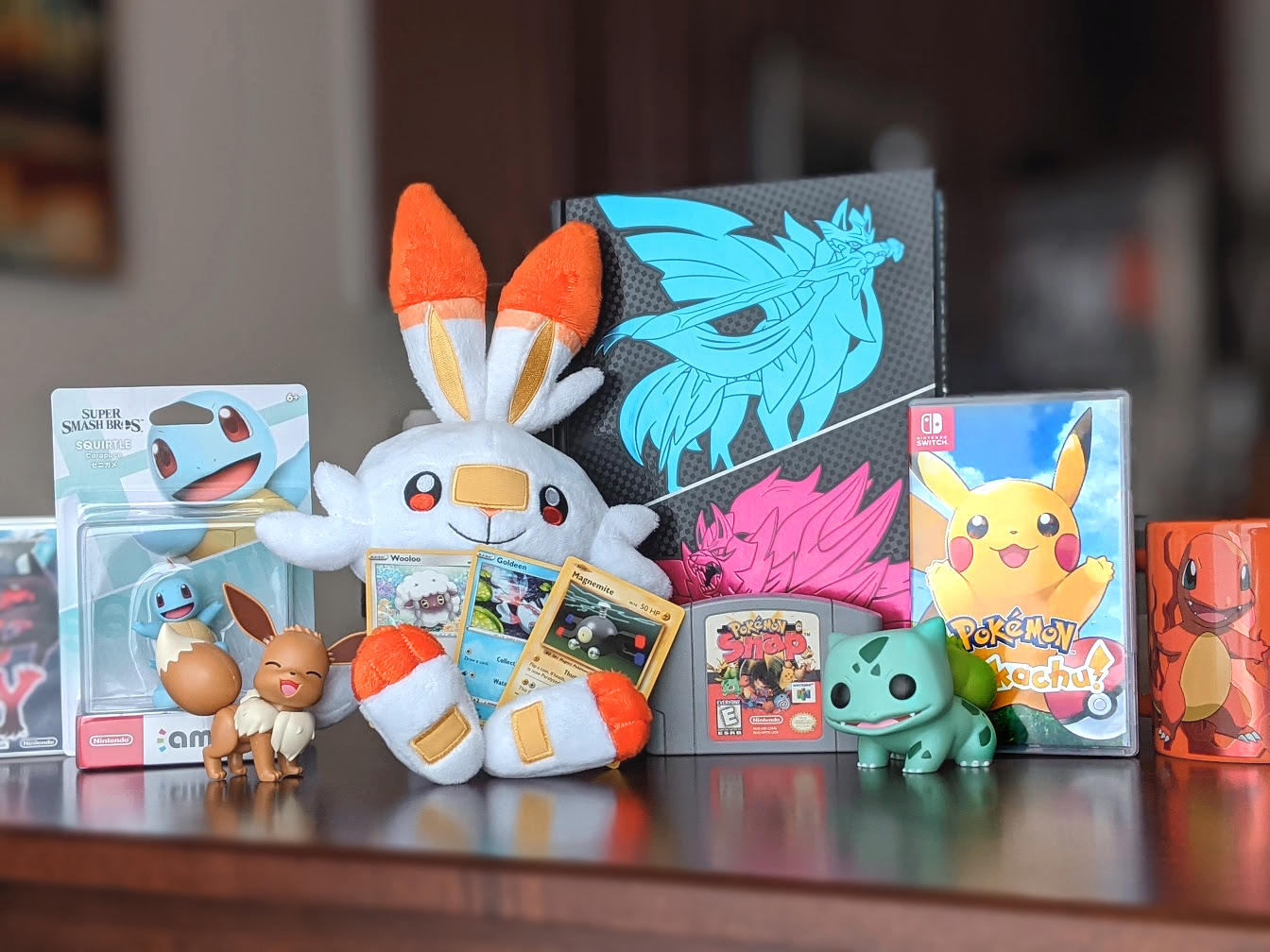
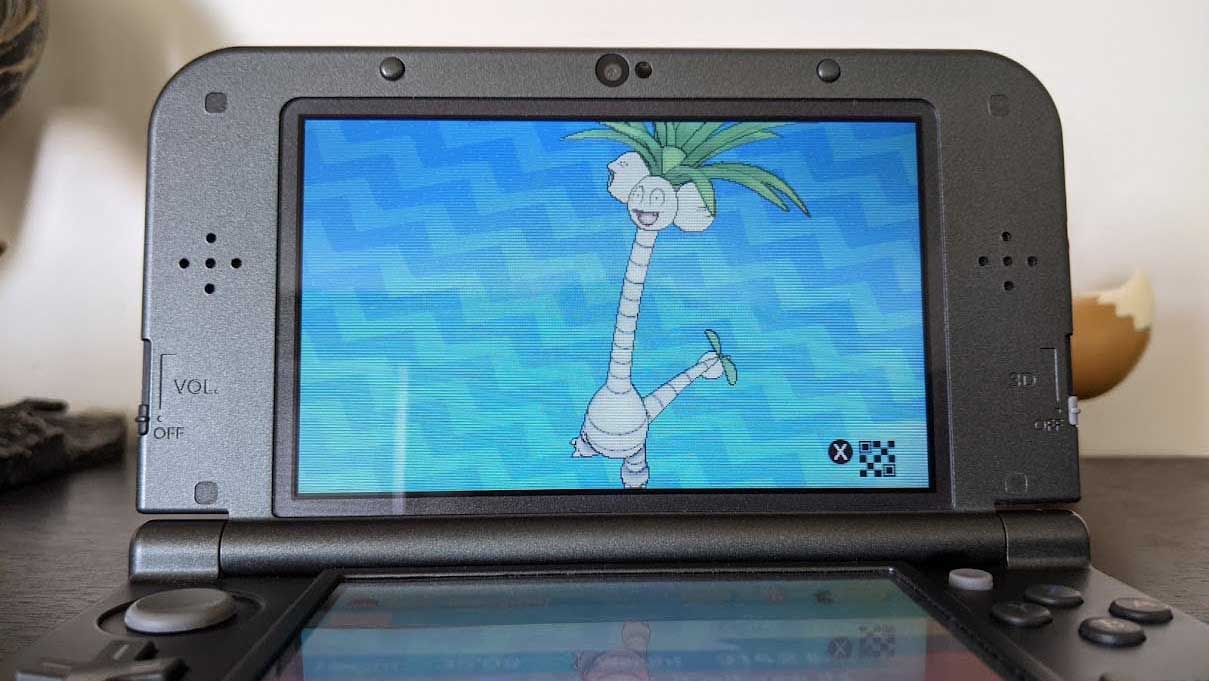
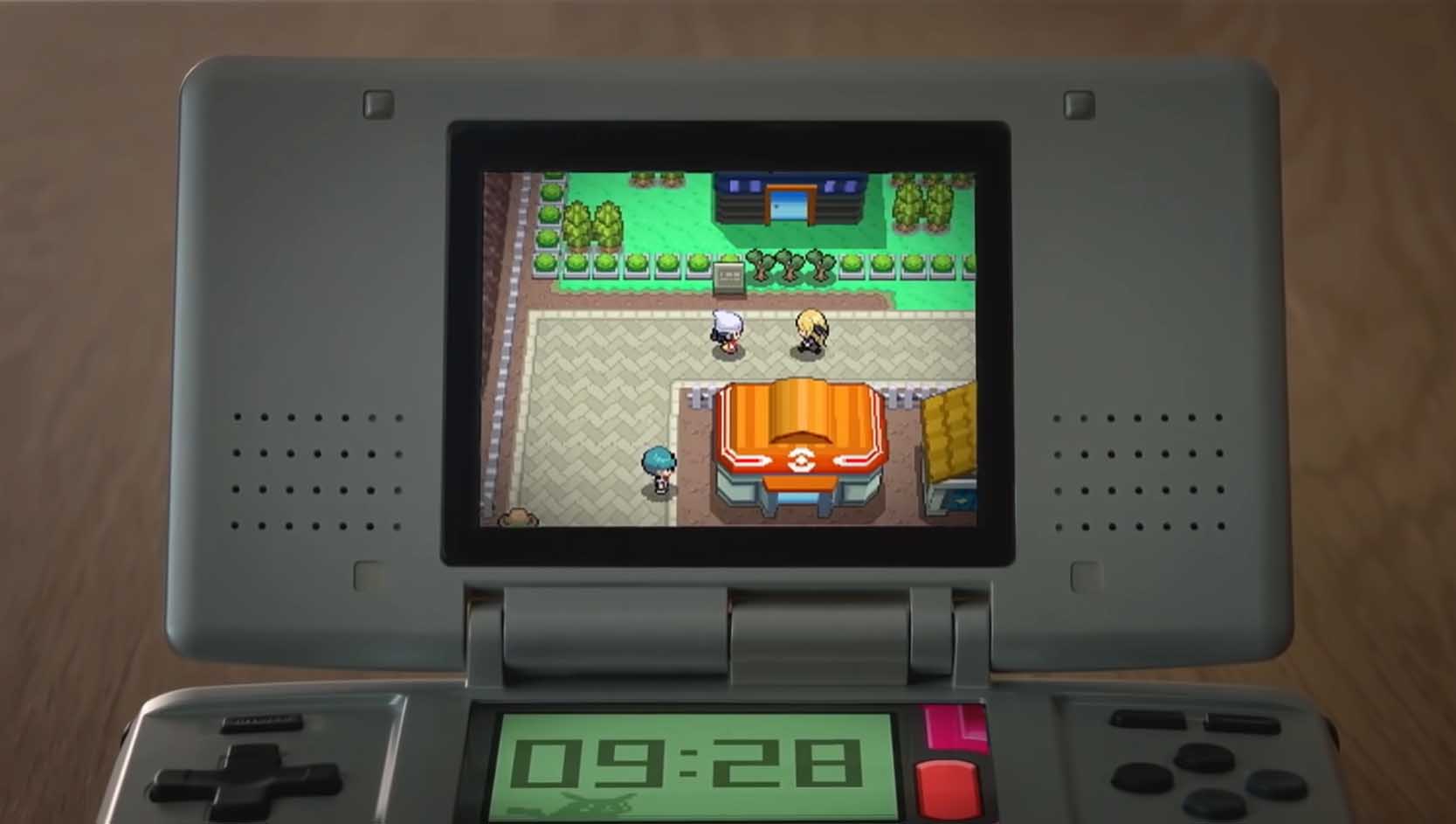
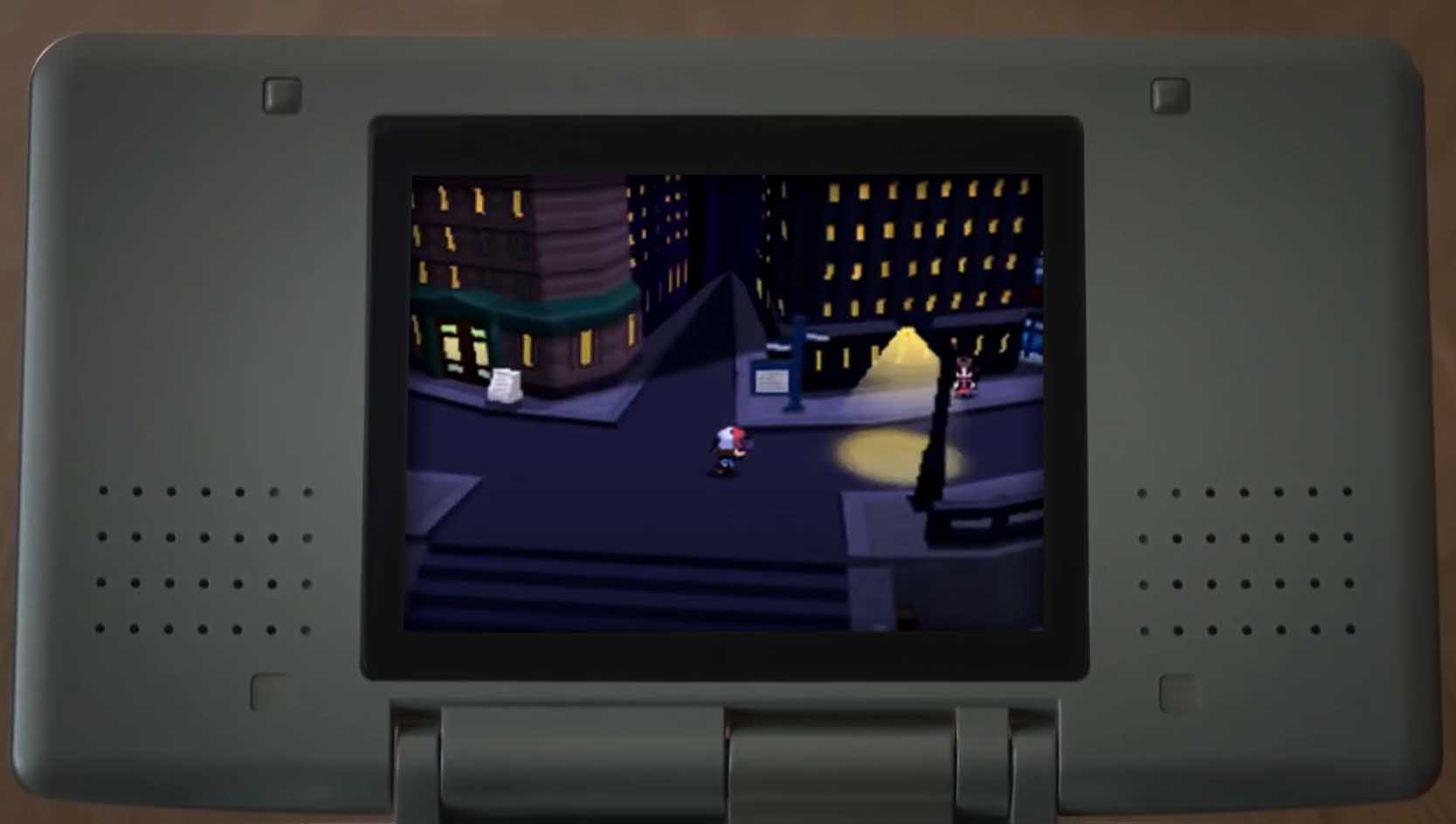
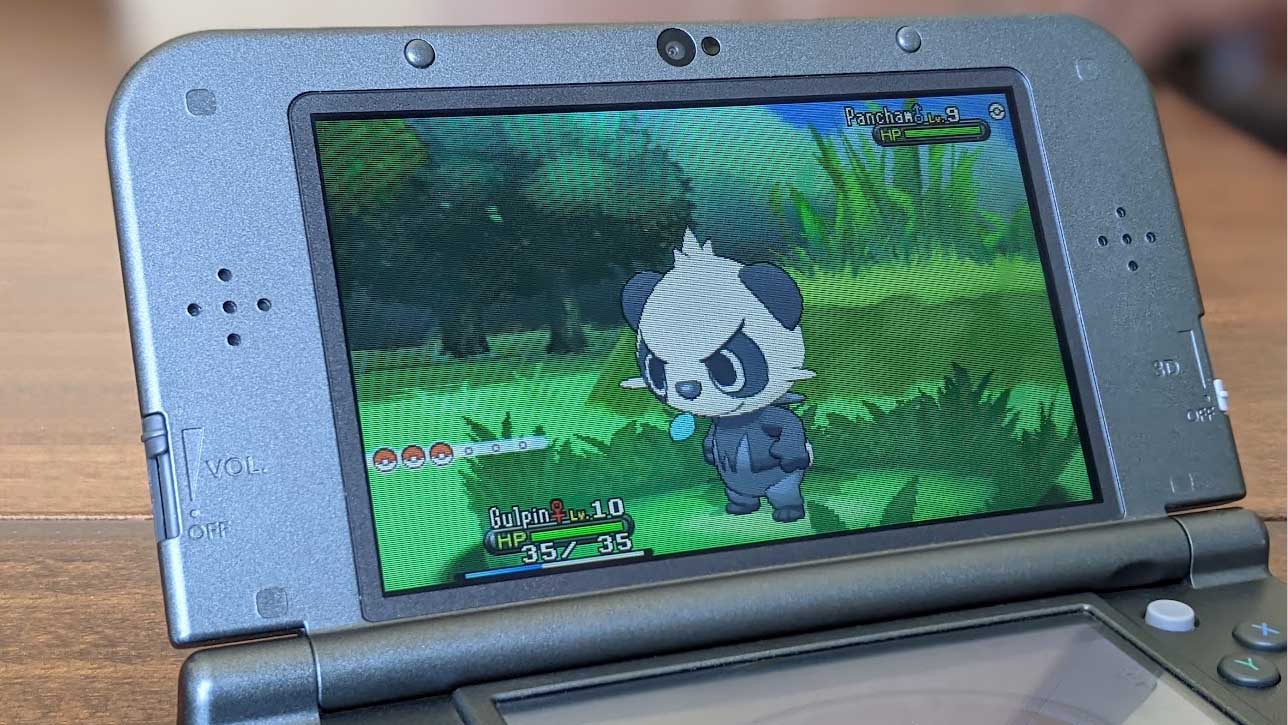
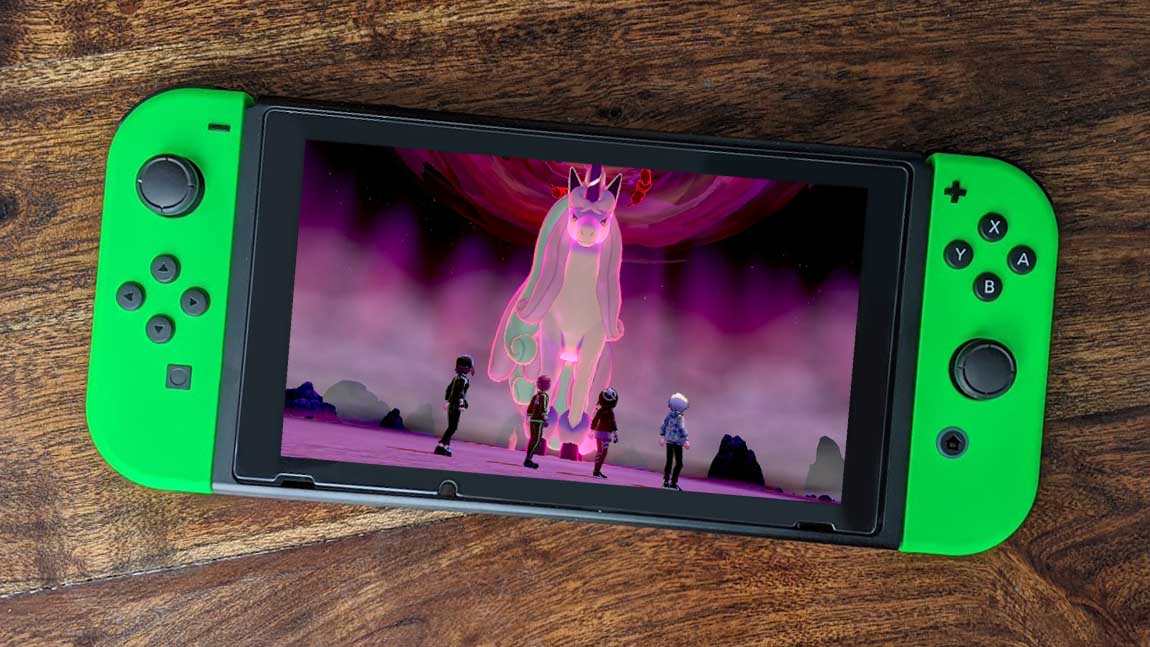
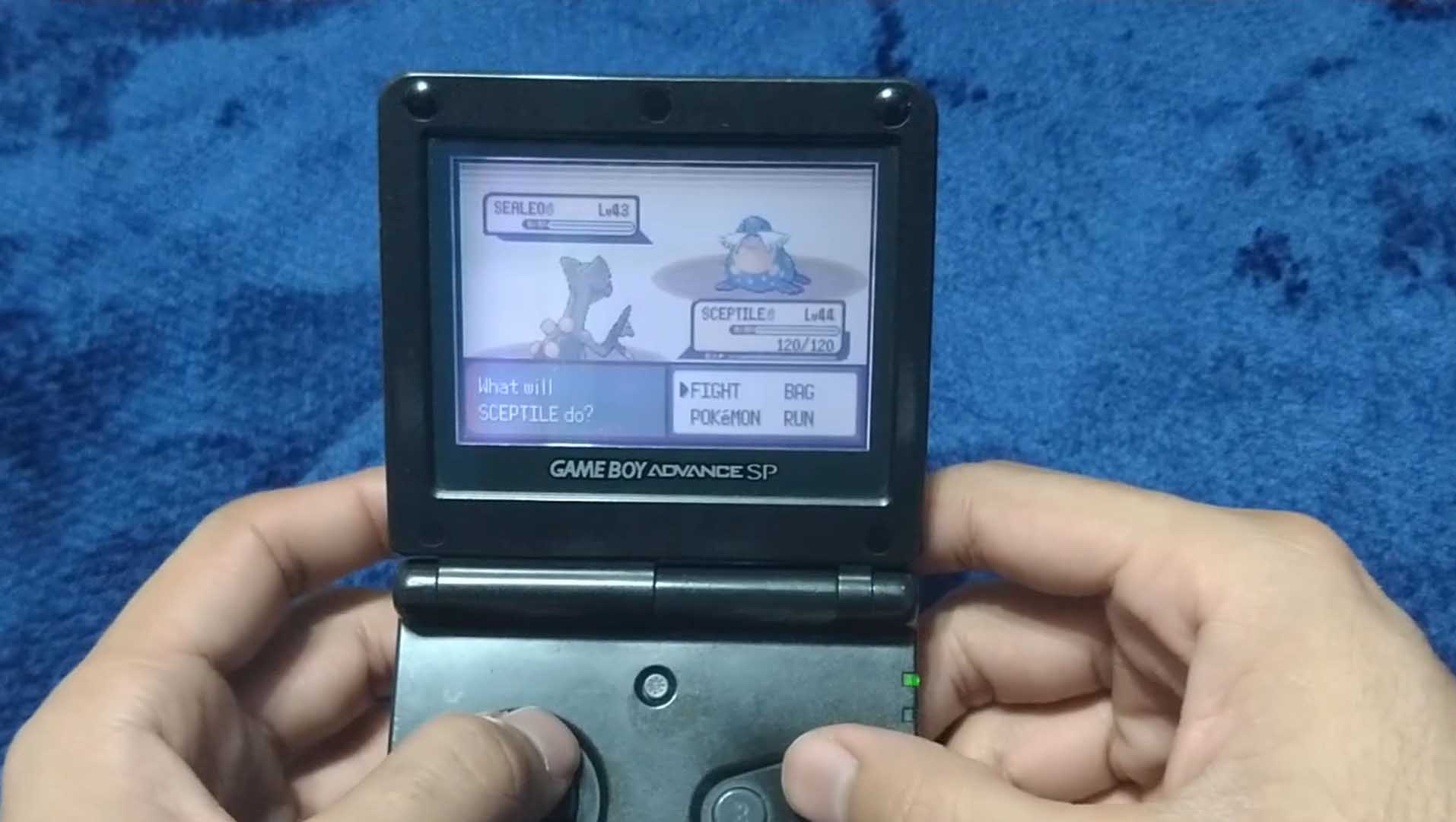
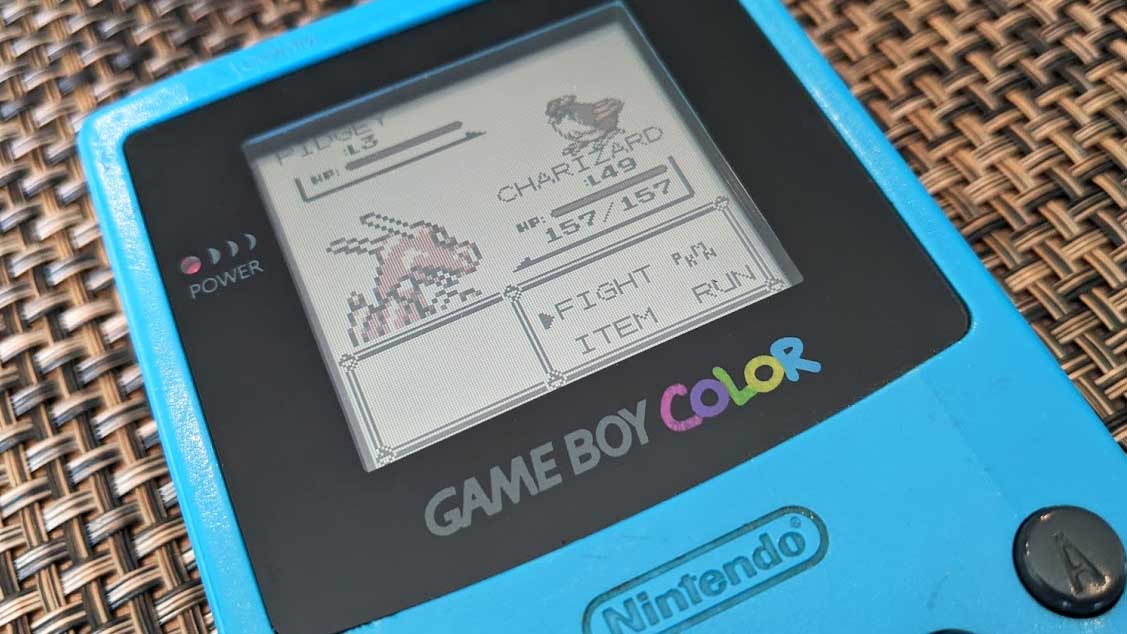
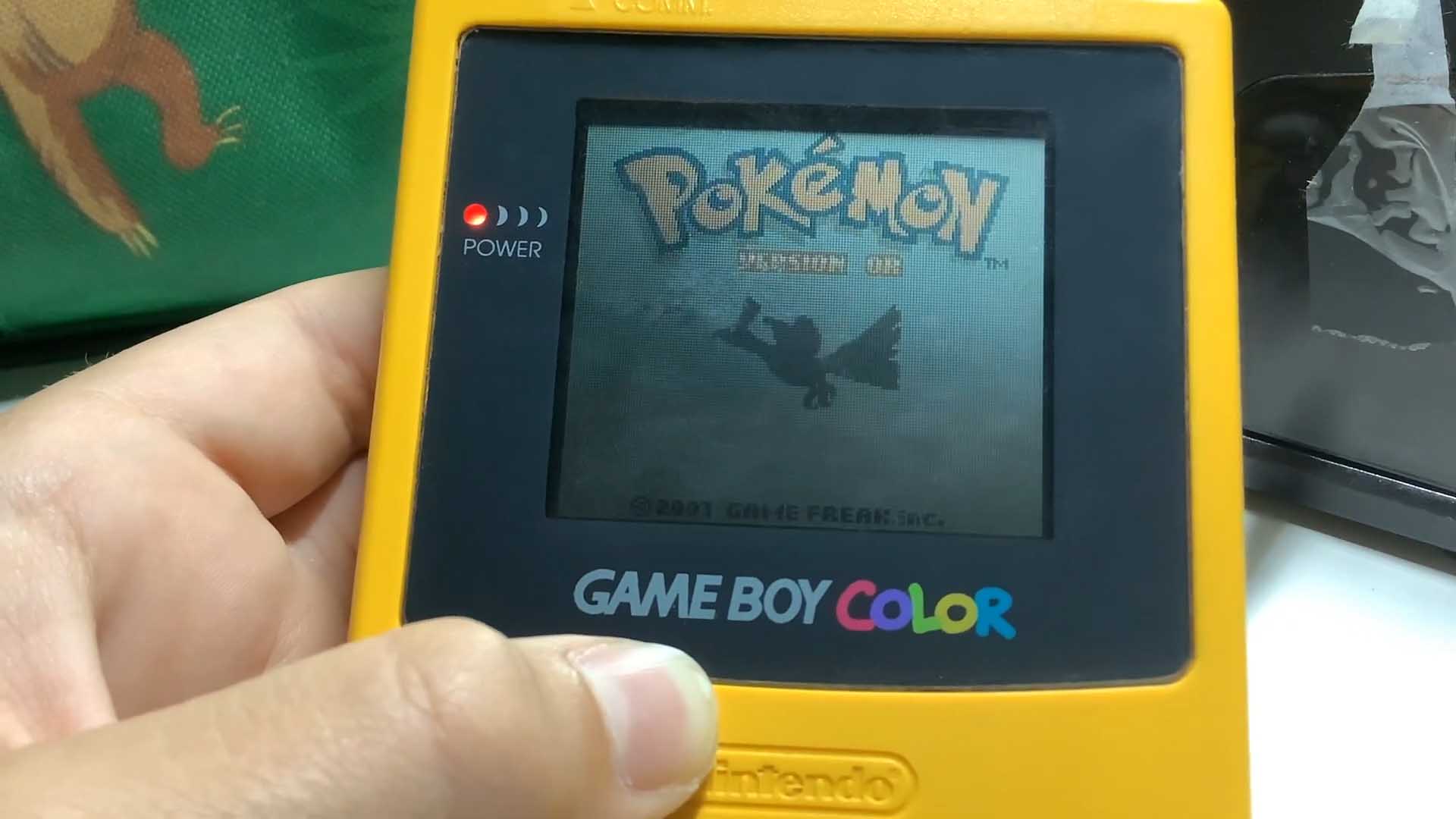
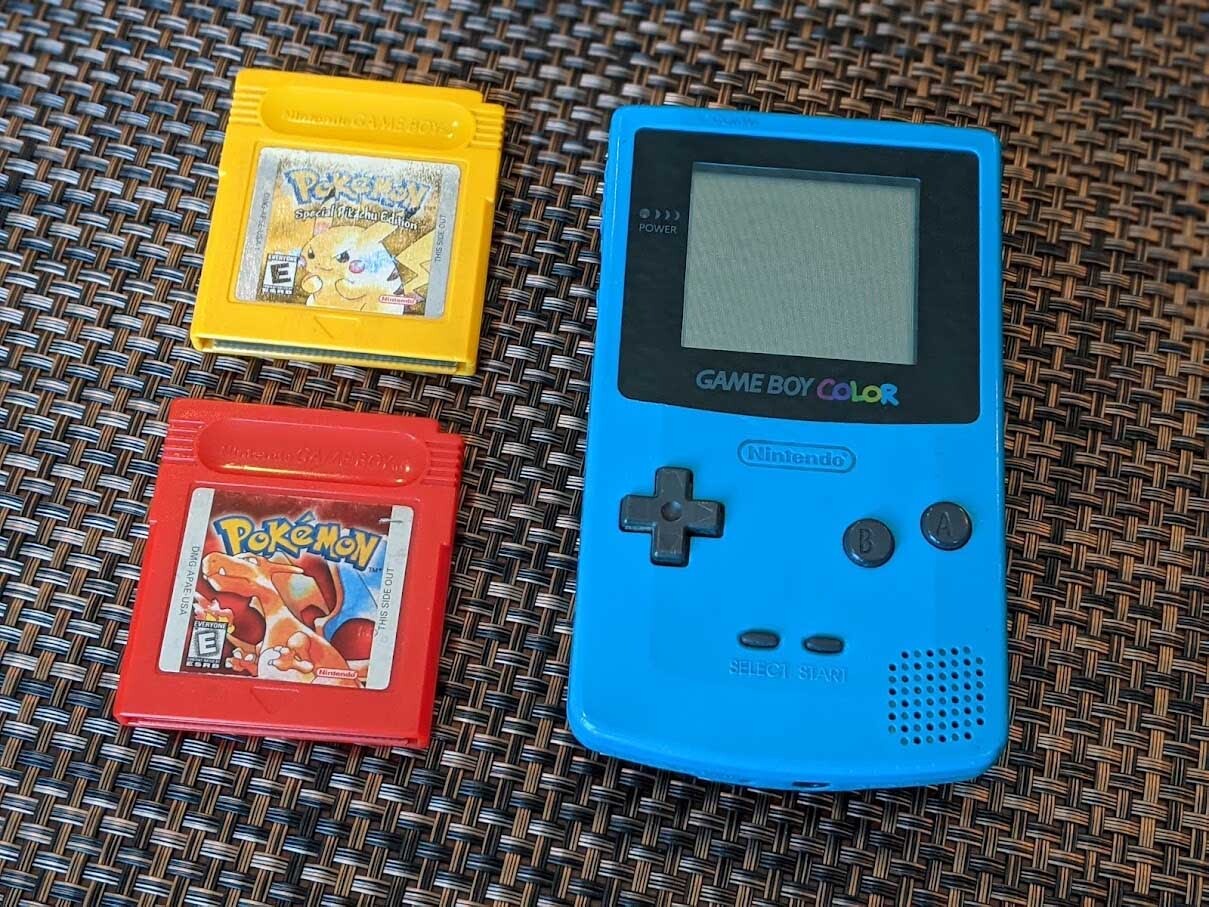


0 comments:
Post a Comment